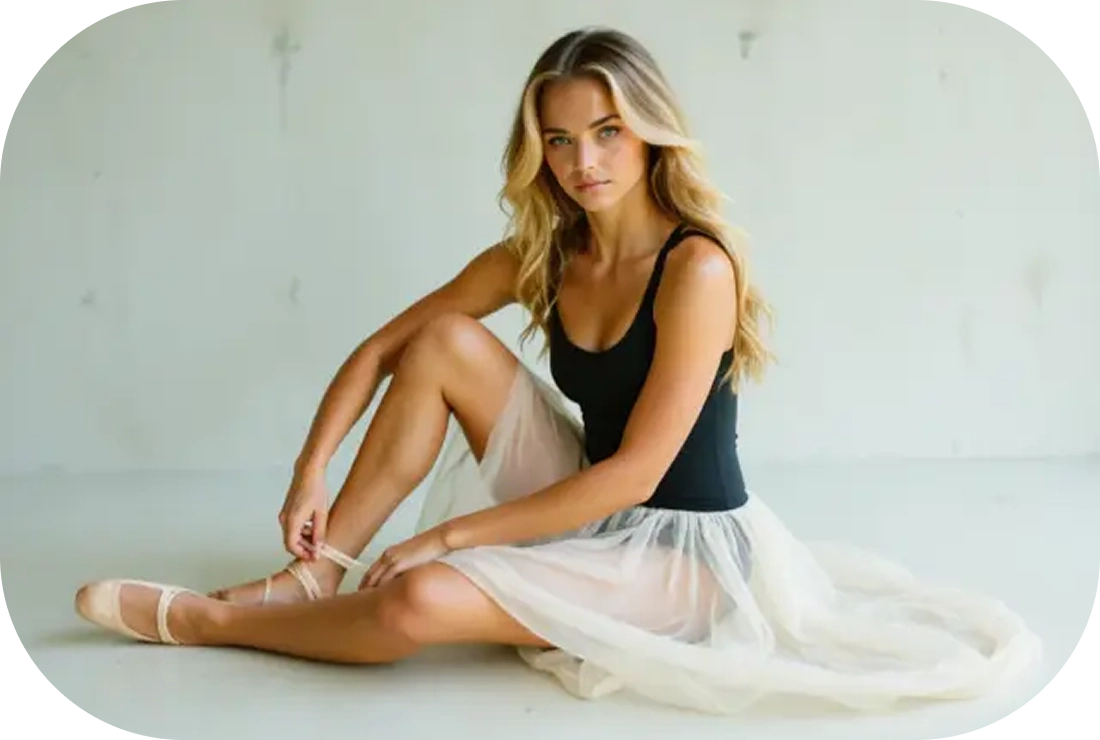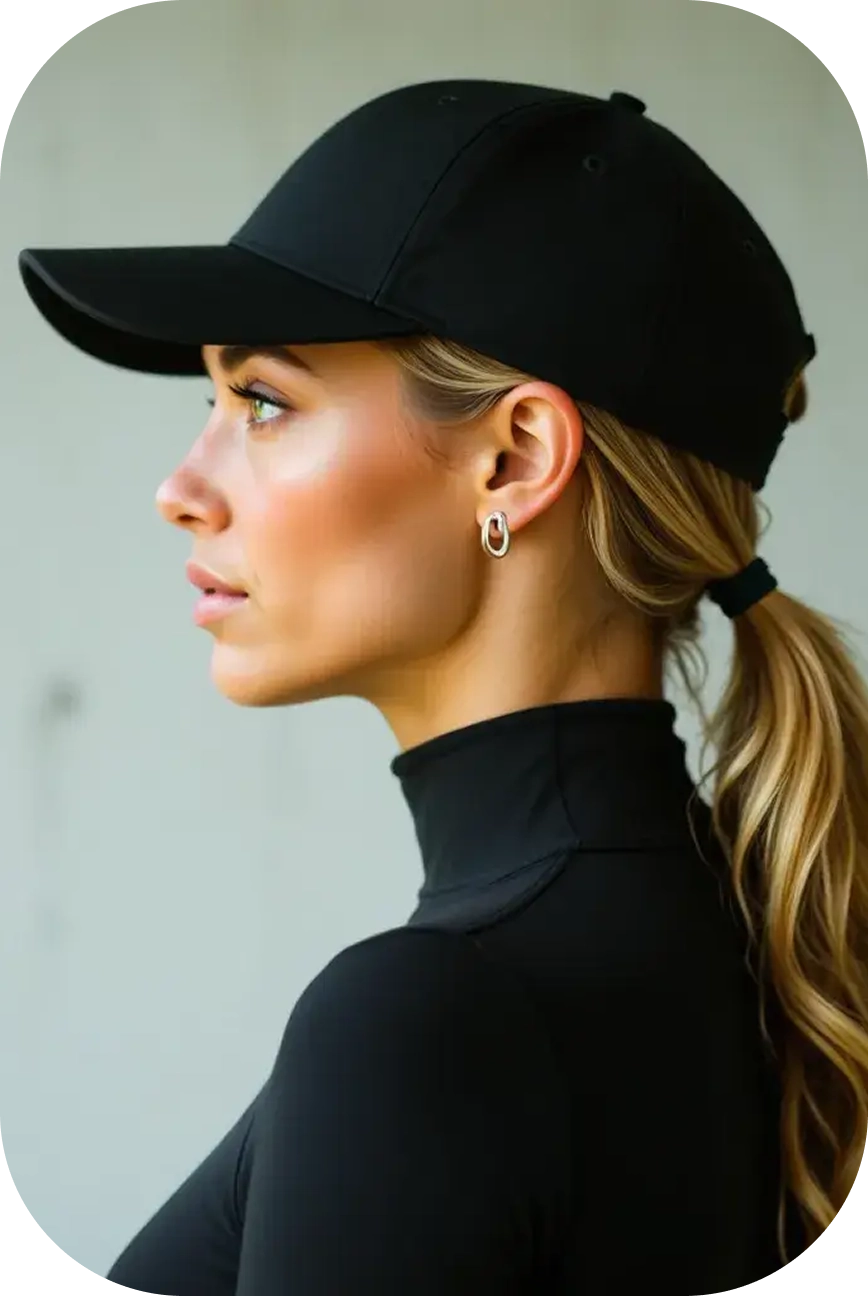Use our photo editor online to insert images, overlay photos, and seamlessly combine or merge photos with AI. Perfect to add jewelry to a photo, add a product, or place a logo for ecommerce, mockups, and content creation. Below are example before/afters with the exact prompts used.
How to add an image to your photo (combine or merge)
Follow these steps to insert an image, overlay photos, and quickly merge photos using our AI photo editor online.
- Upload your photo to the AI Photo Editor at the top of this page.
- Check the Combine with another image option.
- Upload the item image you want to place into the scene (PNG, JPG, or WebP).
- Write a simple prompt describing where the item should appear.
Example: Woman wearing this necklace
- Click Edit Photo to apply. Tip: press Cmd/Ctrl + Enter to submit quickly.
Popular ways to combine and merge photos
- Add object to photo to stage products and accessories.
- Add logo to photo for marketing, mockups, and social posts.
- App to add things to pictures with simple, mobile-friendly controls.
Pro tip: Use a clean, well-lit item photo with a transparent or simple background for best blending. It may take a couple of attempts to get things right.

































































